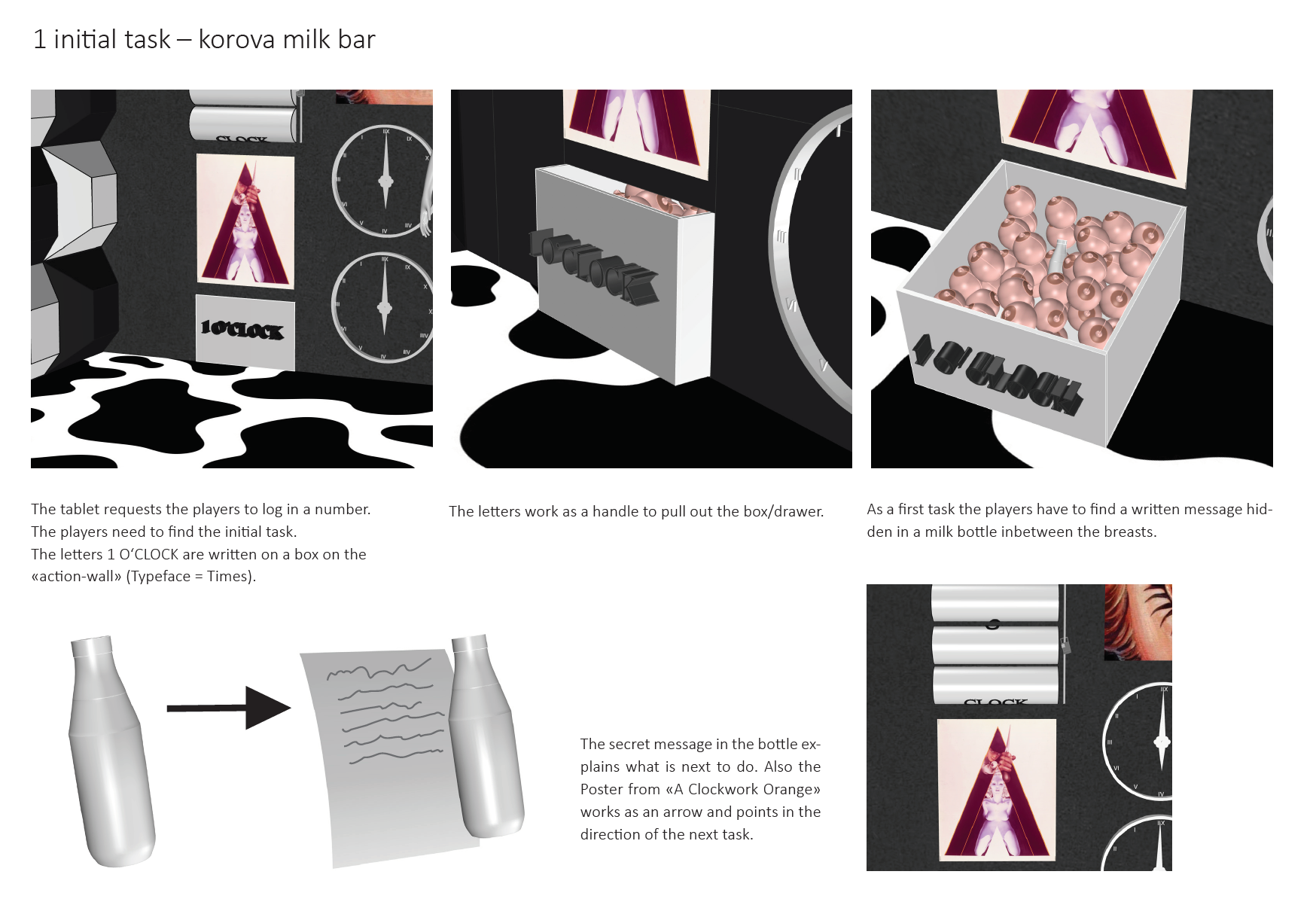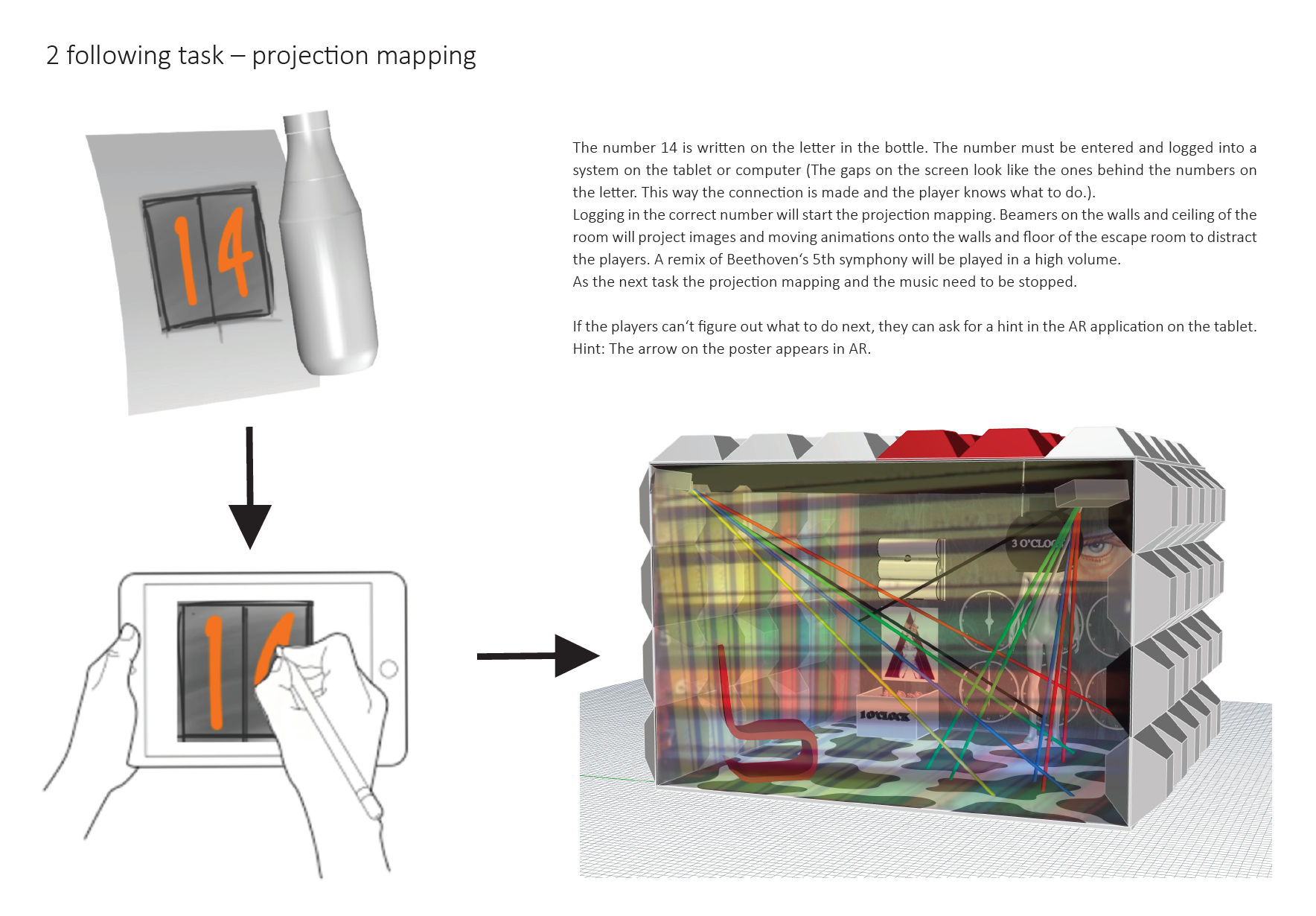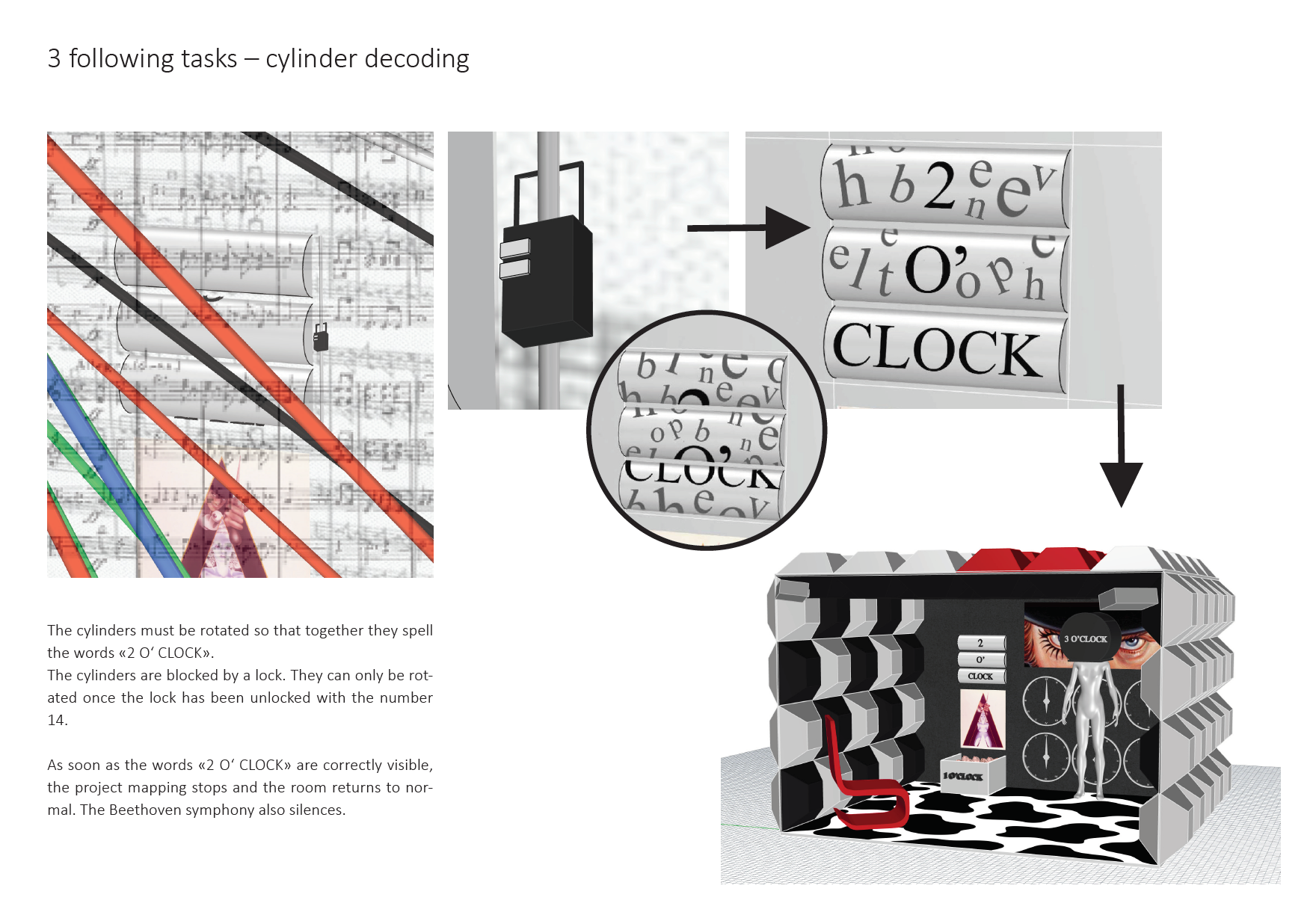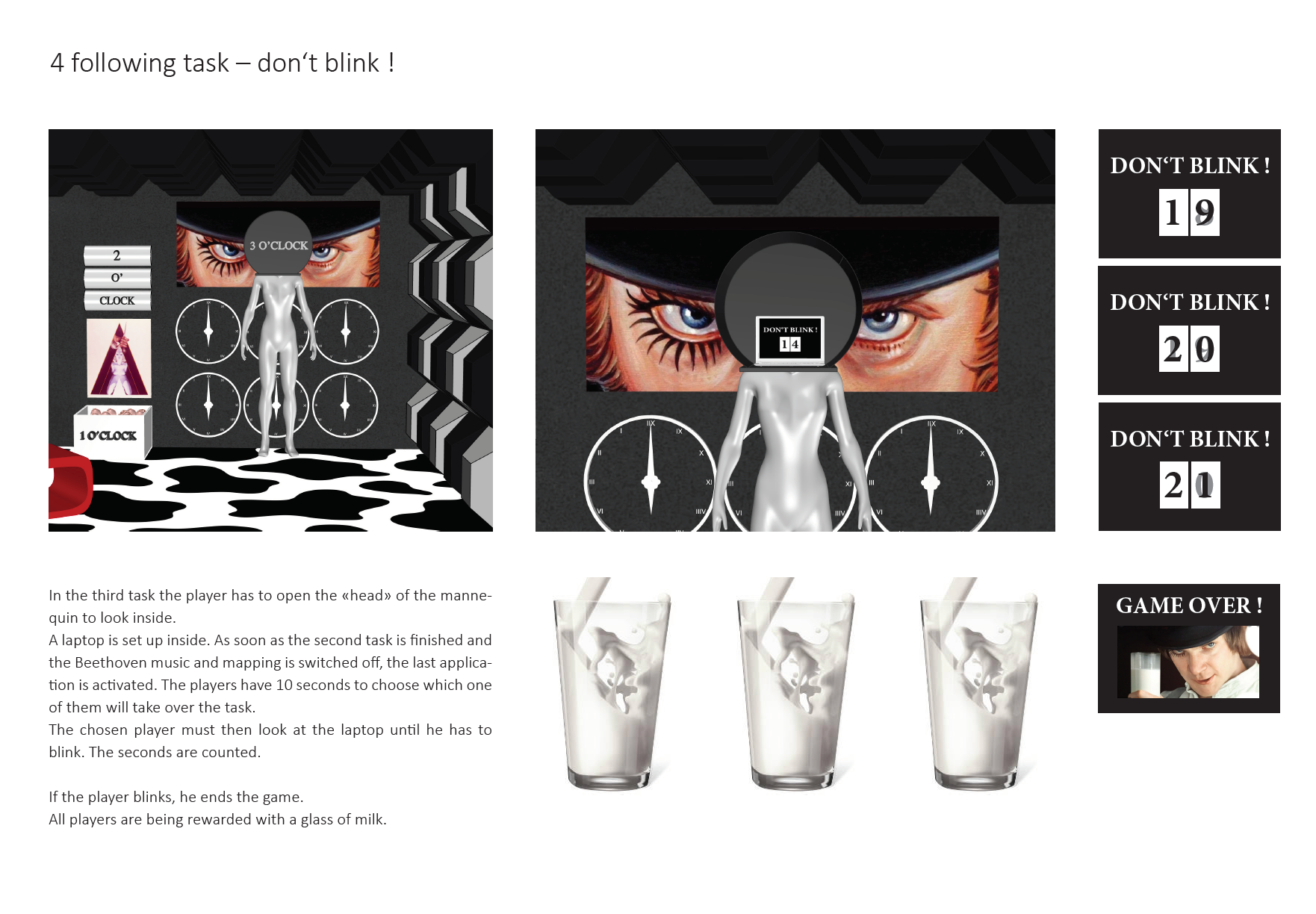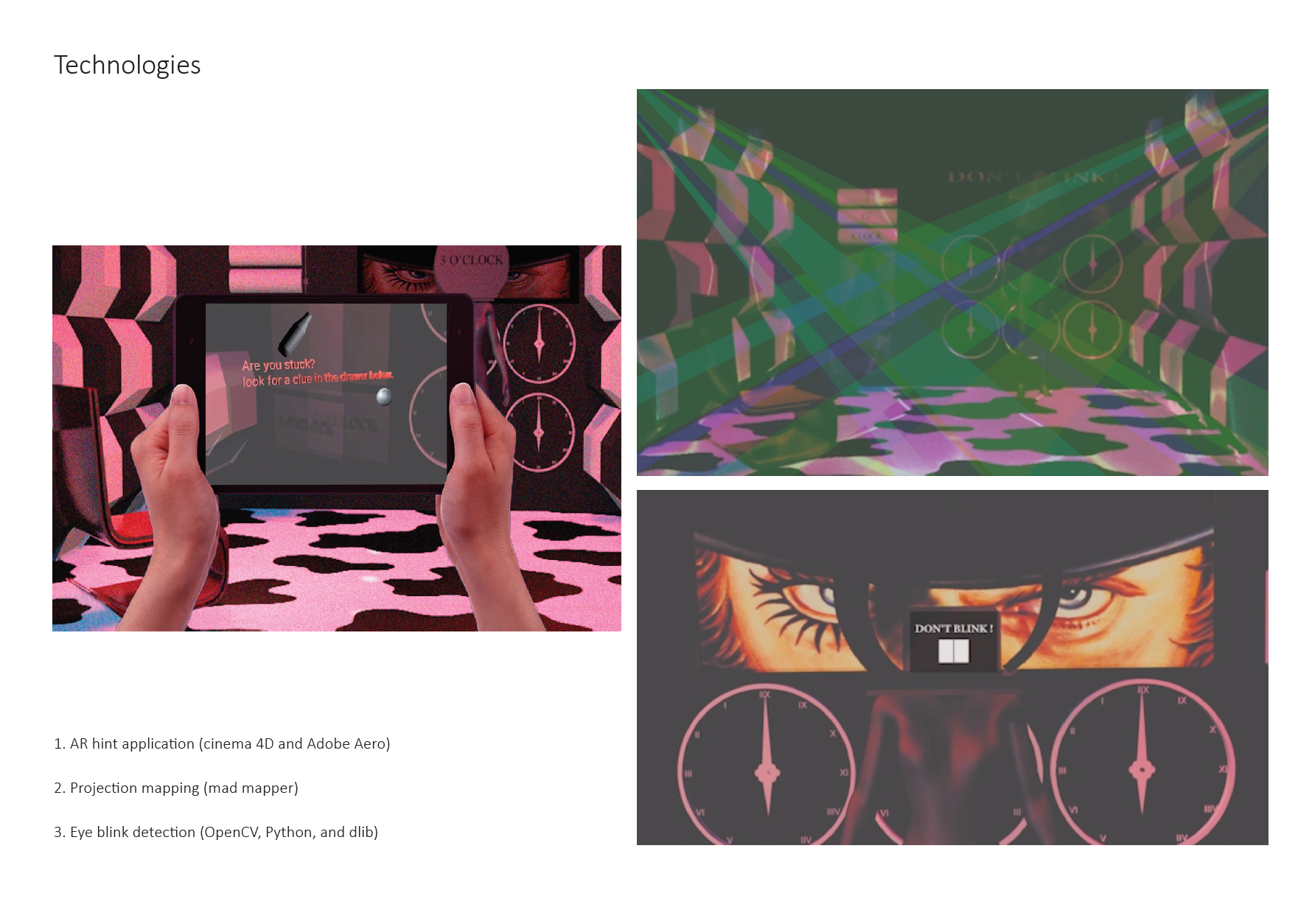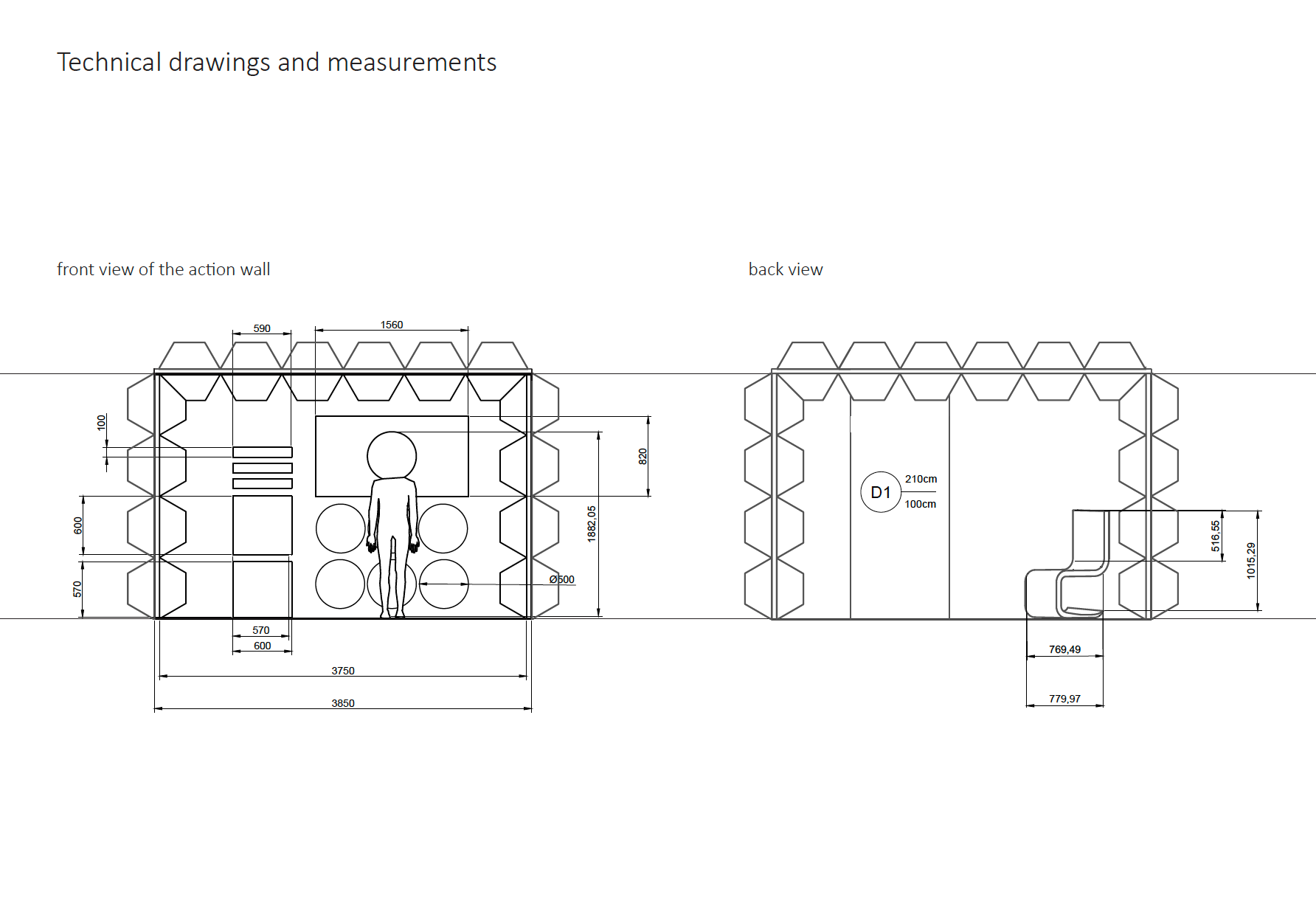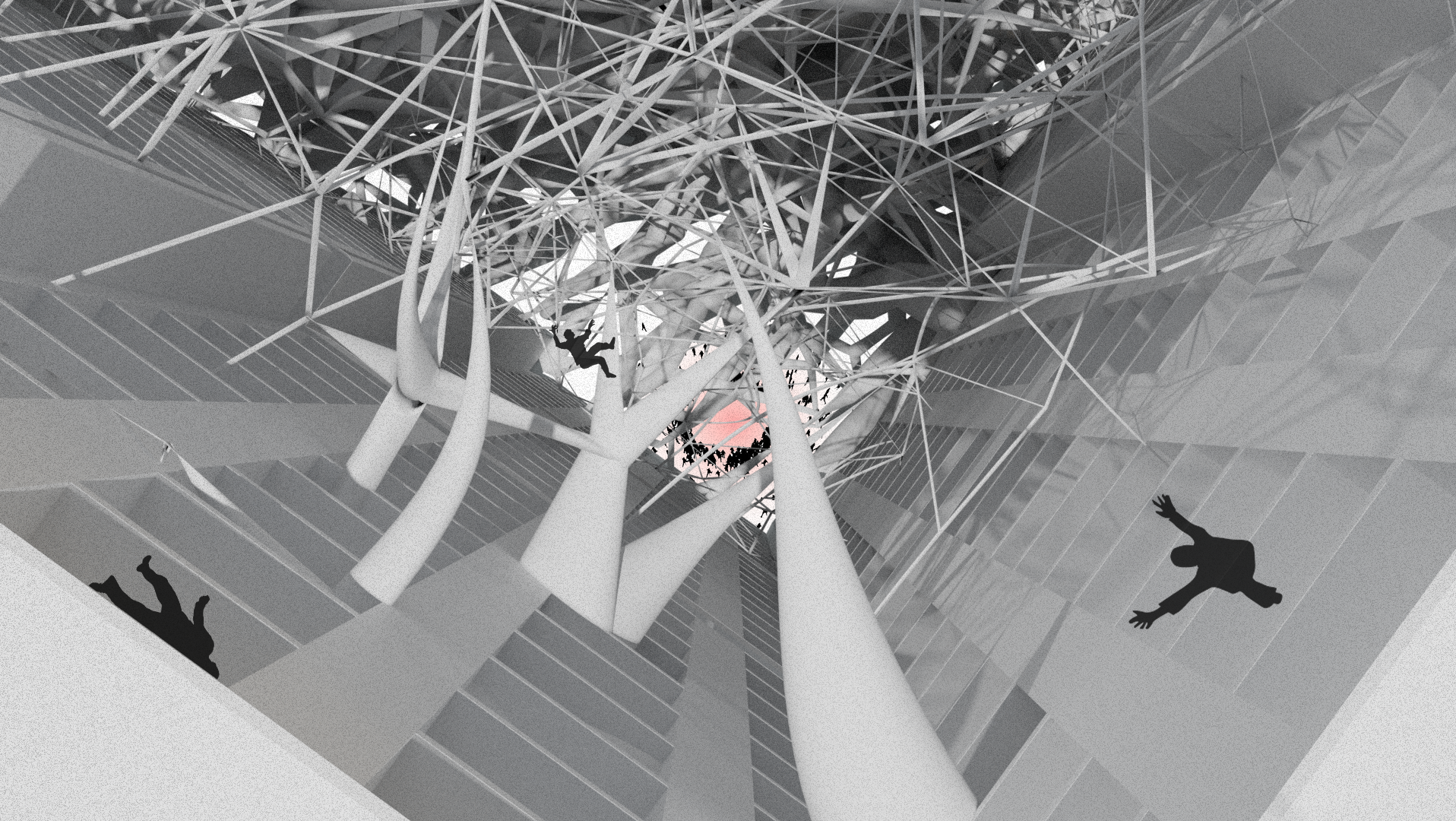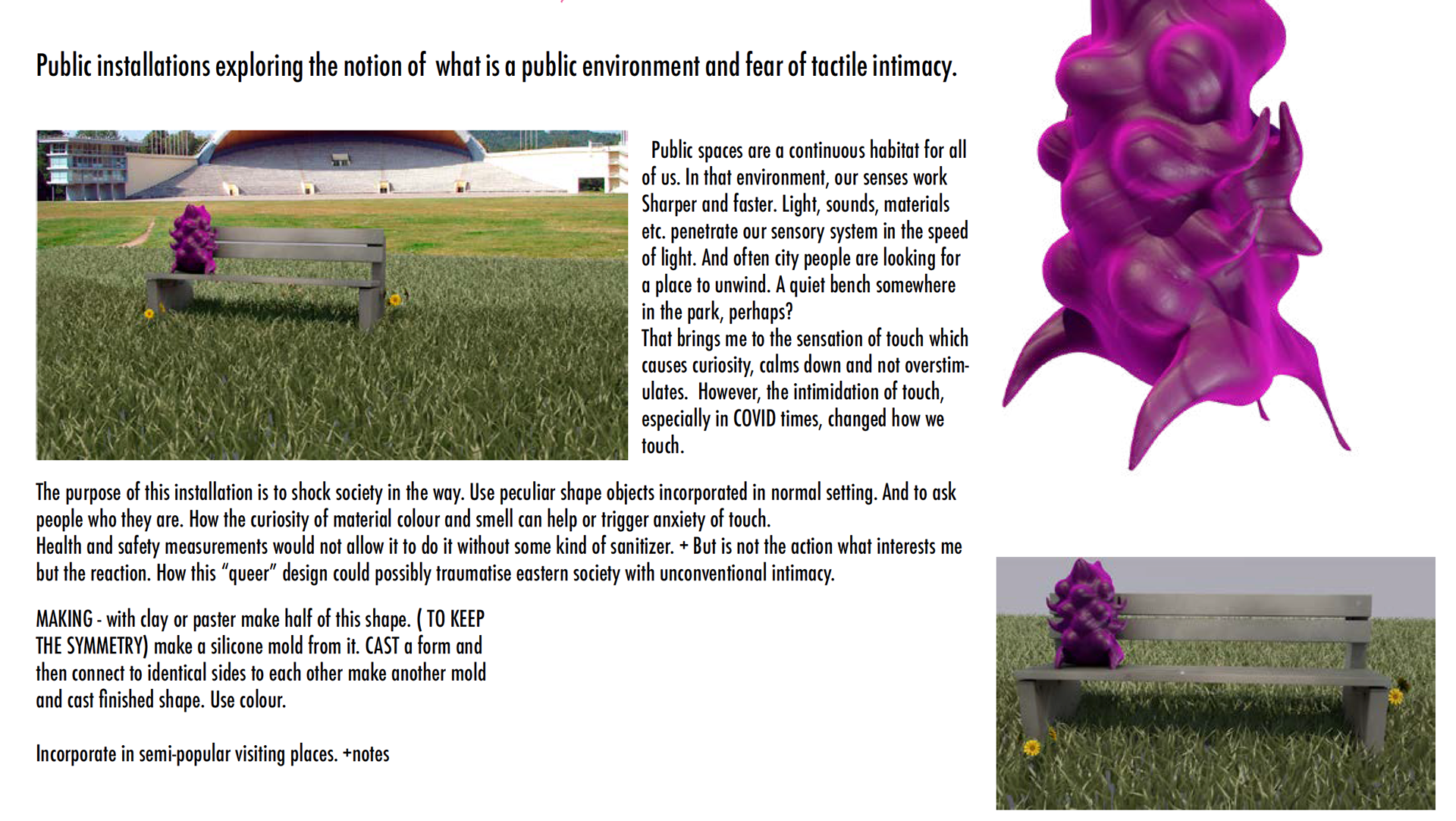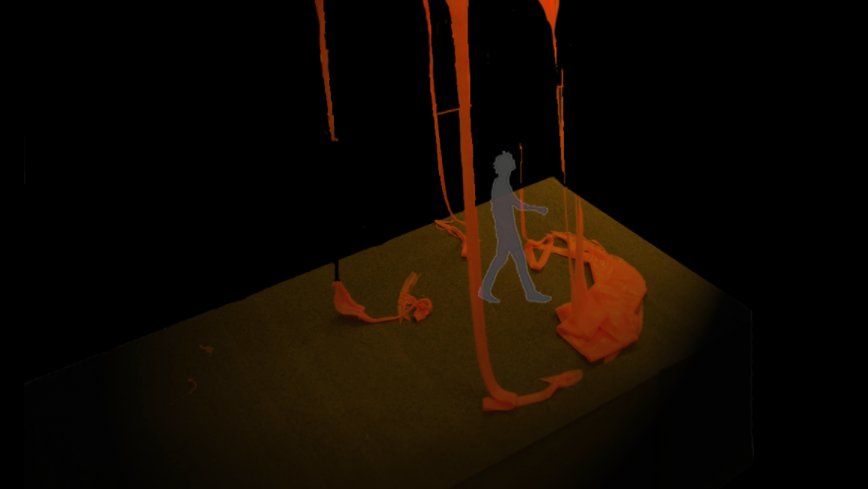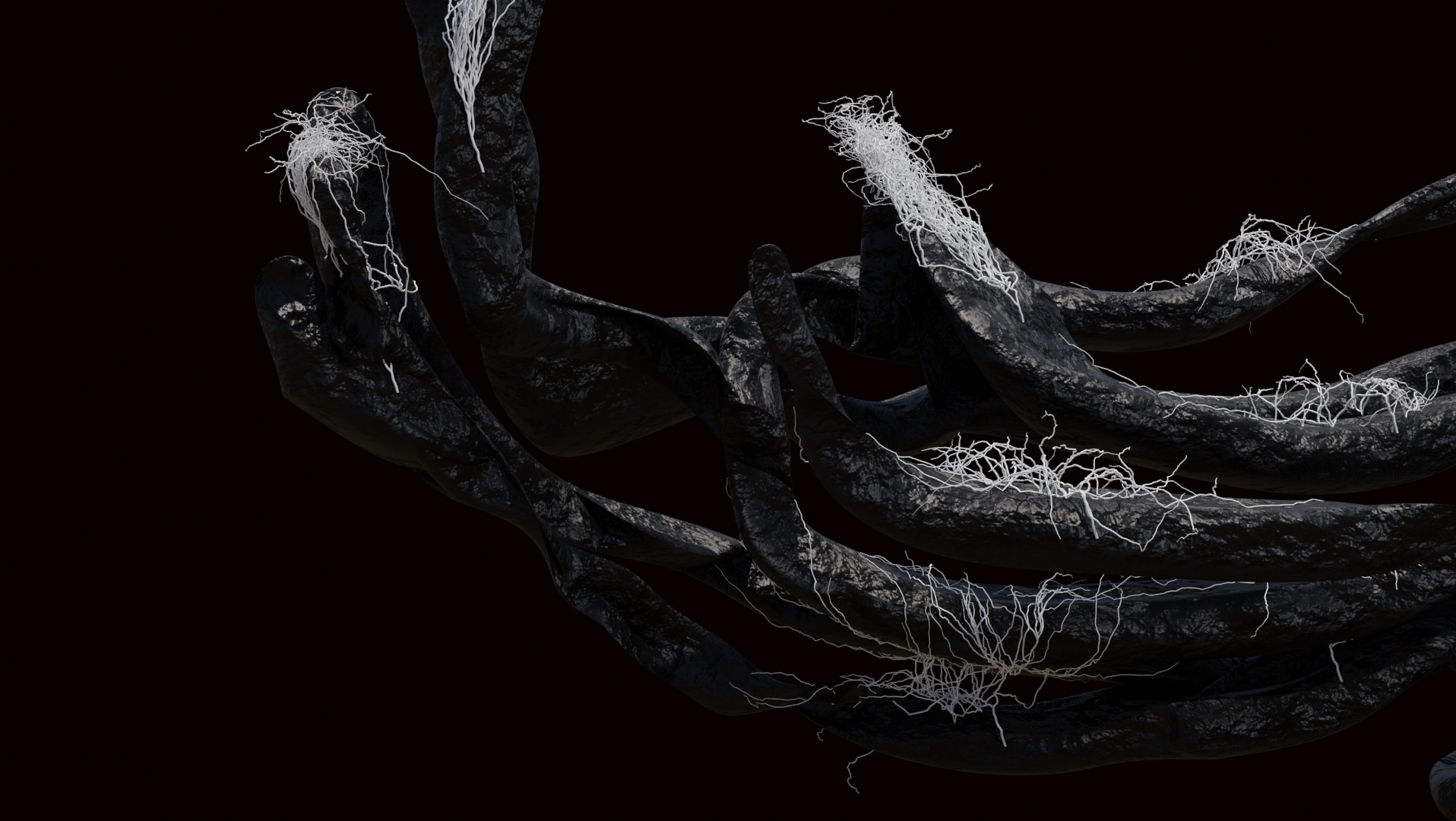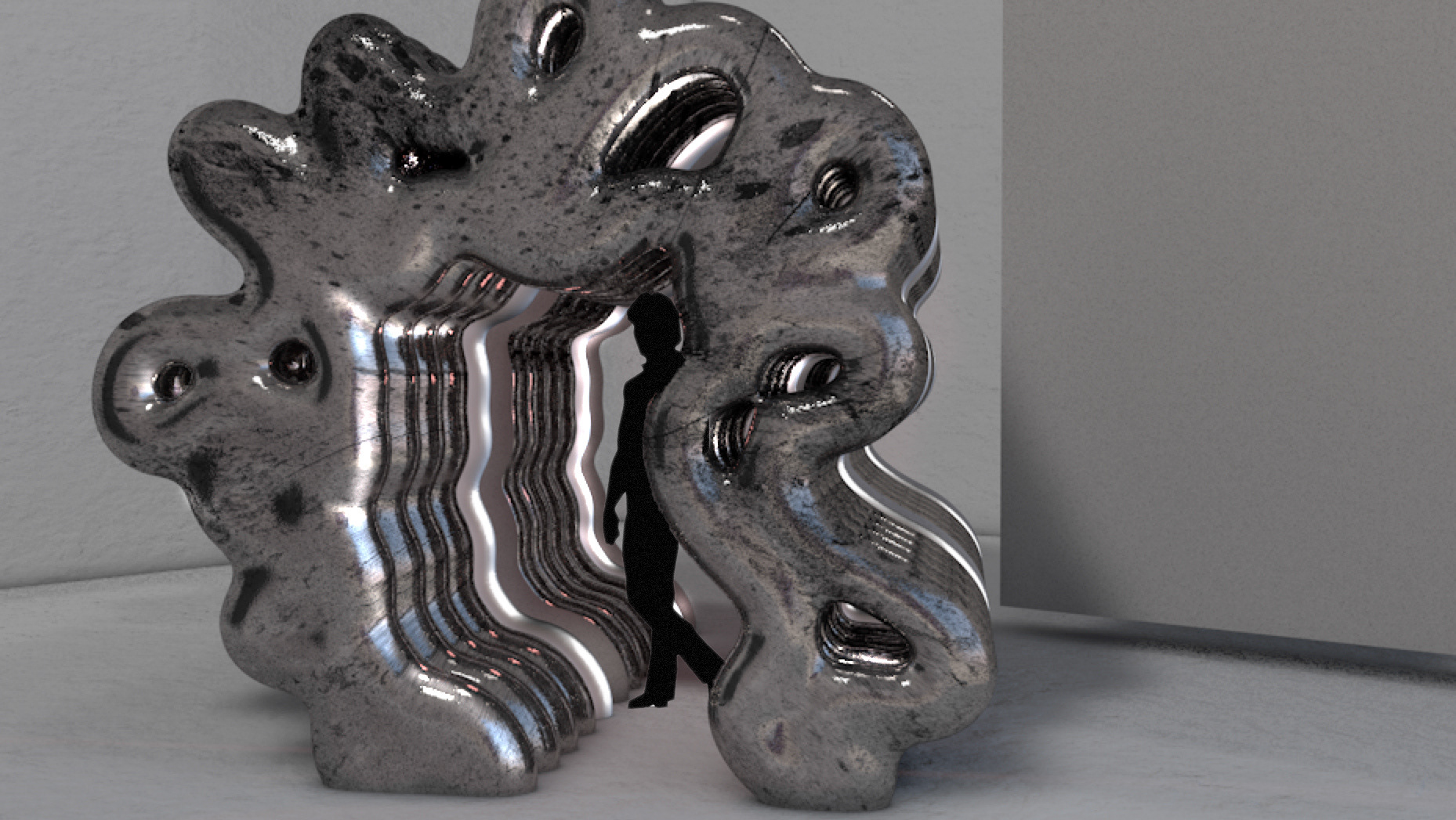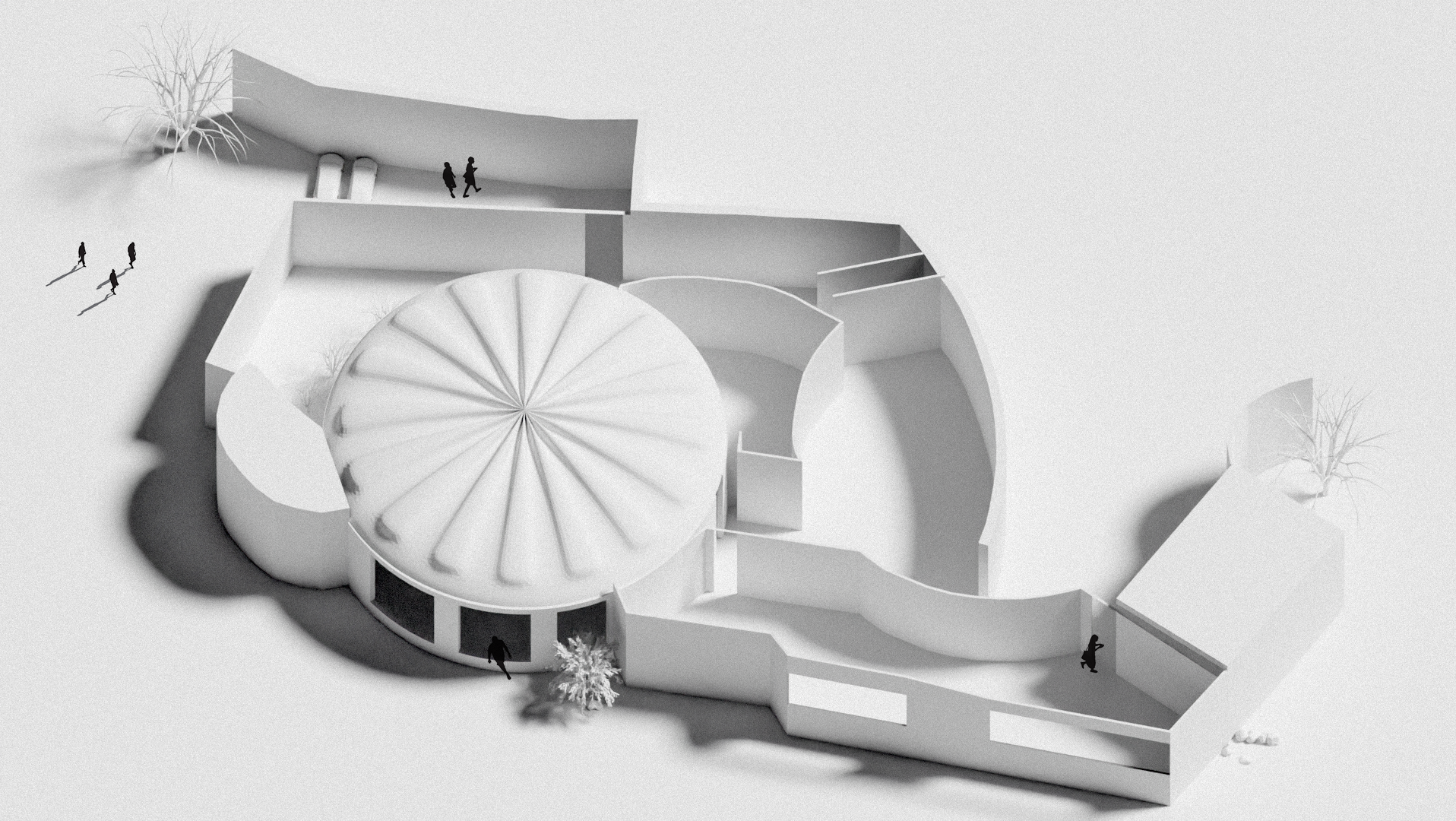All design elements of the escape room game are precisely thought outIn addition to countless interesting data and insights into Kubrick‘s work, the archive at LCC also collects images and magazines that served Kubrick as inspiration for his films. As well as the material from the archive, we used Kubrick‘s film «A Clockwork Orange» itself as inspiration for our project. Stanley Kubrick was a master of detail. Every object in his films was used with some ulterior motive. Kubrick left nothing to chance and invested hours of time in the finest detail work
During the conception phase of our project we observed how brands like the UAL, Louis Vuitton and Gentle Monster were inspired by scenes from Kubrick‘s films. At least this cannot be ruled out, since strong references are visible (see next page). It is often only the visual aspect, a visual stimulus that matters. In some cases, things are completely taken out of their former context. In this way, however, further inspiration is created step by step.
The red and white colours are inspired by the Stanley Kubrick Archive at LCC. These, in turn, from Kubrick‘s 2001 film: A Space Odyssey. The brutalistig design approach of the game is already visible through the truncated pyramids which work as a tessellation on the walls. The design doesn‘t betray anything about the game itself yet. This has the effect that the surprise factor for the players will be bigger when they enter the room.
The red parts of the tessellation stand for the red line of the game and, at first glance, create a reference to the Stanley Kubrick Archive.
The mosaic is made of foam parts. Besides the brutalistic look
(The style of brutalism is present throughout the film. The most striking building in the film is the block tower where Alex lives with his parents, filmed on the brutalist Southmere Estate in Thamesmead. Also the prison where Alex is serving his time is an angular building of brutalism. >> brutalism surrounds Alex) ,the foam mosaic has a sound-absorbing effect and prevents sounds from escaping from the room. The door can be pushed to the front and allows the players to enter.
The game is designed for two to four players. The players are given a tablet before entering the room and the rules of the game are explained to them. If they get stuck during the game, they can use an AR application on the tablet to search for clues in the room. Once the players have entered the room, the door is locked. At first sight, the room looks very different than from the outside. It is mostly dark and is supposed to create an oppressive, tight feeling for the players. The desire to escape is thus intensified. The truncated, brutalistic pyramids now face inwards compared to the outside, thus reducing the size of the room. They follow a chess pattern. Stanley Kubrick used the chessboard pattern in almost all his films. He was a big chess fan himself. Besides, he always tried to create a balance in his scenes. The colours black and white symbolize this balance.
The floor of the room shows a cow pattern. This is reminding of the first scene of the film. The film begins in the Korova Milk Bar, where Alex meets regularly with his friends. The Korova Milk Bar has a very central meaning in the film, which is why we also took it up in the first task of the escape room. The red chair picks up the red from the outside again. It is borrowed from the Stanley Kubrick Archive and thus creates another reference to the archive. Two other pictures from the Stanley Kubrick Archive decorate the room and each one has a specific function. More on this later.
Thus the overall picture of the room appears coherent, exciting, and intimidating at the same time.
